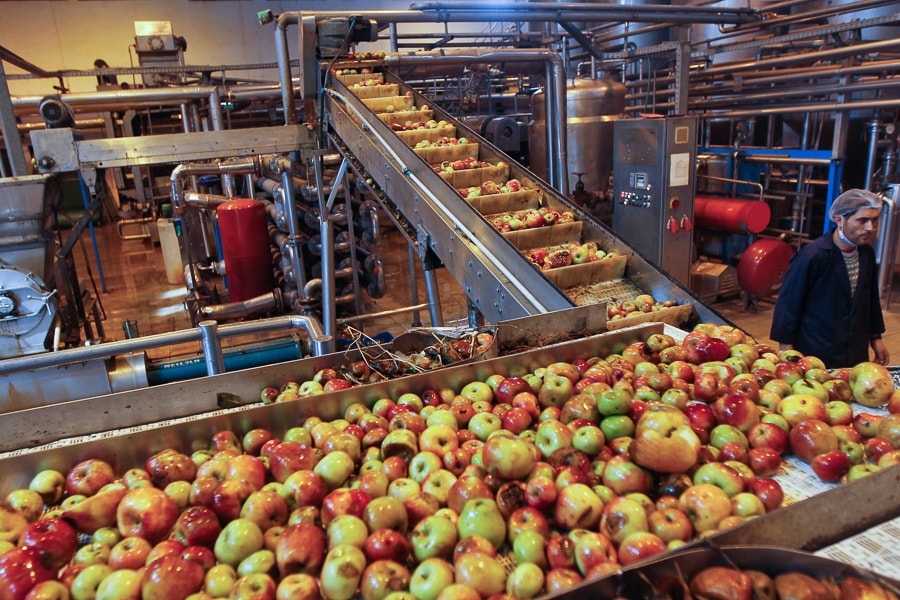
Analysis: A budget focused on improving factor economics and demand-led growth
Nirmala Sitharaman's Budget has tried to spur growth in sectors where India can compete for FDI and attempted to provide for competitive industrial and energy infrastructure
 Image: Danish Ismail / Reuters
Image: Danish Ismail / Reuters
The Government in the Union Budget has tried to achieve a balance between enabling supply and demand side factors. On the supply side, the Government’s focus on creating an investment clearance cell and advisory services support to industry will be helpful to small and medium industries, and will bring predictability in investment grounding in India.
The removal of the dividend distribution tax (DDT) will improve India’s attractiveness as an investment destination and improve return on investments for corporate India. Also, the focus on providing digital refund of duties paid to exporters will help them manage working capital and enhance ease of doing business. The focus on developing warehouses, providing for viability gap funding for warehouses and starting Krishi Udaan and Kisan rail, will help India export perishable food products, a major opportunity.
Likewise, the National Logistics Policy, with a focus on the role of State and Central Government, could help improve India’s competitiveness as a manufacturing destination. For MSMEs, the Government has proposed a scheme of subordinate debt and requested RBI to extend the debt recast window of MSME by one year to 31 March 2021, to continue support to MSMEs.
Continued focus on economic corridors and five new industrial smart cities is a step towards the required ecosystem for attracting FDI. Sovereign Wealth Funds and energy companies have been given tax relief for new investments and this will enable their investments in industrial and transport infrastructure.
On the demand side, Government has focused on key labour-intensive sectors like food processing, sectors of blue economy, electronics, textiles, medical devices and tourism in this budget. Each of these sectors hold tremendous growth and investment opportunity. Bringing focus on districts as an export hub for various products will align demand with production bases existing across districts.
The Government has spoken about the opportunity that Global Value Chains poses for new investments in the country. Accordingly, a new scheme for promoting manufacturing of electronics products like mobile phones and allied sectors like medical devices will generate investment and employment opportunities in the country in these sectors. A mission for technical textile, will enable India’s transition to value added economic activities which has been a missing link in the sector.
There has been a strong growth in the tourism sector and the government is focused on providing support to states for enabling tourism circuits, and developing five archeological sites as new iconic tourism destinations. This further reinforces the government’s commitment to enable tourism sector as an opportunity area.
Overall, this budget has tried to spur growth in sectors where India can compete for FDI, owing to availability of large workforce or being a major consumption center, and attempted to improve investors’ factor economics by focusing on taxes, logistics, ease of doing business and providing for competitive industrial and energy infrastructure.
The author is partner - economic development and infrastructure, PwC India







